LED lighting has become increasingly popular in recent years due to its energy efficiency and long lifespan.
But is LED lighting truly sustainable? We will explore how LED lighting works, its benefits, environmental impacts, and challenges of implementation.
Find out ways to make LED lighting more sustainable, such as improving manufacturing processes and proper disposal. Delve deeper into the world of LED lighting and its impact on the environment.
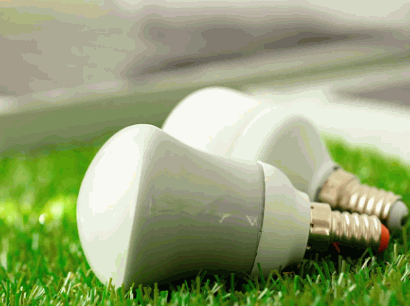
LED lighting refers to light fittings that use Light Emitting Diodes (LEDs) as a source of illumination. These fittings are designed to produce light by passing an electrical current through a semiconductor material, resulting in efficient and long-lasting lighting solutions.
LED technology offers numerous advantages over traditional lighting sources. One of the key benefits is the energy efficiency it provides. LEDs consume significantly less power than incandescent or fluorescent bulbs, making them a cost-effective lighting solution. LEDs have a longer lifespan, reducing the frequency of replacements and maintenance costs.
LED lighting is environmentally friendly due to its low energy consumption, reducing carbon emissions and energy waste. This makes LEDs a sustainable choice for both residential and commercial settings.
Explore in-depth: Are LED Ceiling Lights Any Good
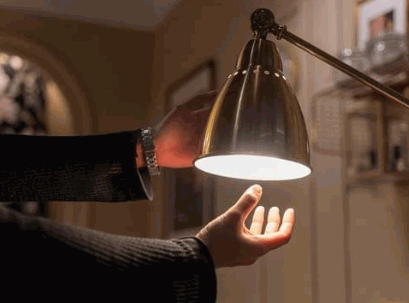
LED lighting works by converting electrical energy into light through the process of electroluminescence in semiconductor materials, producing highly efficient and directional illumination.
One of the key elements that make LED lighting so efficient is the role of semiconductor materials within the diode. When an electric current passes through these semiconductors, it excites the electrons, causing them to release energy in the form of photons, which are the particles of light.
What sets LEDs apart from traditional lighting sources is their ability to emit light in a specific direction, thanks to the unique design of the diode. This directional light output minimises wasted light and maximises efficiency, making LEDs an ideal choice for various applications where precision and energy efficiency are crucial.
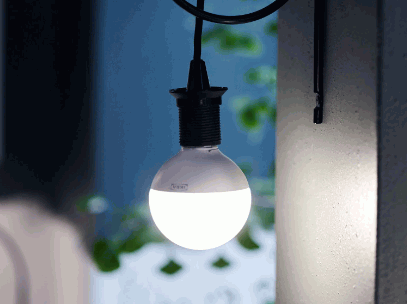
LED lighting offers numerous benefits, including exceptional energy efficiency, long lifespan, minimal heat emission, and eco-friendliness due to reduced energy consumption and toxic elements.
One of the key advantages of LED lighting is its unmatched energy efficiency. LEDs use significantly less power than traditional lighting sources, translating into lower electricity bills and reduced carbon footprint. The long lifespan of LED bulbs means less frequent replacements, saving both time and money in the long run. The minimal heat emission of LEDs contributes to a safer and cooler environment, making them ideal for various applications. The eco-friendliness of LED technology aligns with the growing focus on sustainable practices, offering a greener lighting solution for the future.
Energy efficiency is a hallmark of LED lighting, with LED bulbs consuming significantly less energy compared to traditional incandescent or fluorescent lights, resulting in substantial energy savings.
LED bulbs are known for their low wattage, which means they use less power to produce the same amount of light as conventional bulbs. This lower energy consumption makes them incredibly efficient and cost-effective. In fact, an LED bulb can use around 75% less energy than an incandescent bulb to produce the same amount of light.
By using less energy, LED technology plays a crucial role in reducing carbon emissions and lessening the strain on the energy grid. The long lifespan of LED bulbs also contributes to their energy efficiency, as they need to be replaced less frequently, further reducing energy consumption.
LED lighting boasts an extended lifespan compared to traditional light bulbs, requiring minimal maintenance and providing durable lighting solutions that contribute to long-term energy savings.
What sets LED lighting apart from conventional options is its remarkable durability, making it a reliable choice for both domestic and commercial settings. With an average lifespan that can exceed traditional bulbs by thousands of hours, LED fixtures prove to be a cost-effective lighting solution over time. The low maintenance requirements of LEDs significantly reduce the hassle and expenses associated with frequent bulb replacements. This longevity not only benefits consumers by reducing electricity bills but also has a positive impact on the environment through decreased energy consumption.
One of the notable advantages of LED lighting is its low heat emission during operation, making it a safer and more energy-efficient lighting option that reduces the risk of fire hazards.
LED lights produce minimal heat because they convert a higher percentage of energy into light rather than heat, unlike traditional incandescent or fluorescent bulbs. This characteristic not only enhances safety by reducing the risk of burns or overheating but also contributes to energy efficiency, as less energy is wasted in the form of heat. LED lighting fixtures are designed with efficient heat dissipation mechanisms, such as heat sinks or thermal management systems, which further minimise any residual heat generation.
LED lighting is environmentally friendly as it does not contain hazardous materials like mercury found in fluorescent lights, reducing the environmental impact and promoting sustainable lighting solutions.
One of the key eco-friendly aspects of LED lighting is its energy efficiency. LEDs consume significantly less electricity compared to traditional incandescent bulbs, leading to lower energy consumption and reduced greenhouse gas emissions. This contributes to a smaller carbon footprint and aligns with the global push for energy conservation.
LED technology also boasts a longer lifespan, reducing the frequency of replacements and resulting in less waste generation. This prolonged durability minimises the overall environmental impact associated with the production, transportation, and disposal of lighting fixtures.
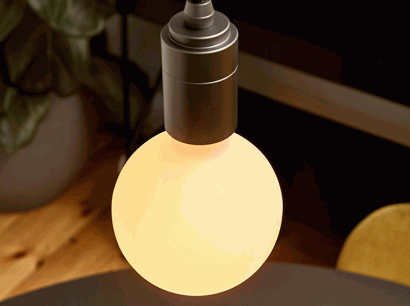
LED lighting is a sustainable lighting solution that aligns with energy-efficient practices, promotes recycling of components, and reduces the carbon footprint associated with traditional lighting technologies.
LED technology has gained popularity due to its long lifespan, which significantly reduces the need for frequent replacements and helps in conserving resources. LED lights emit less heat compared to incandescent bulbs, making them more energy-efficient. This reduced heat emission also contributes to a safer and more comfortable environment, especially in enclosed spaces. The durability of LED lighting further enhances its sustainability by minimising material waste and supporting a circular economy through the recycling of components.
LED lighting has positive environmental impacts by reducing carbon emissions, promoting energy efficiency, and facilitating the recycling of components to minimise waste and enhance sustainability.
LED lighting achieves carbon emission reduction by consuming less energy than traditional lighting sources, resulting in a lower carbon footprint. The energy savings are notable, with LEDs using up to 80% less energy and lasting significantly longer than incandescent bulbs. This not only lowers electricity bills for households and businesses but also decreases the overall demand for electricity, leading to a more sustainable energy consumption pattern.
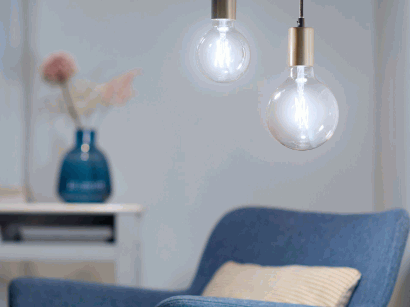
LED lighting outperforms traditional lighting sources in terms of sustainability, offering superior energy savings, efficiency, and reduced carbon footprint, making it a more environmentally responsible choice.
One of the key advantages of LED lighting is its extended lifespan compared to incandescent bulbs, lasting up to 25 times longer. This not only reduces the frequency of replacements but also minimises the overall waste produced. LED lights emit very little heat, leading to lower cooling costs and further energy savings, enhancing their sustainability credentials. By incorporating advanced technology such as sensors and dimmers, LED systems can be optimised for maximum efficiency, providing precise lighting control while minimising energy consumption.
Implementing LED lighting faces challenges such as high upfront costs, limited colour options, and the need for proper disposal methods to address the environmental impact of old LED lights.
Those considering transitioning to LED lighting may be deterred by the initial expense involved. While the energy efficiency of LEDs can lead to long-term savings, the higher cost spectrum compared to traditional lighting options can be a barrier to adoption. The limited hue options available with LED bulbs might not cater to every lighting preference, hindering personalisation and design choices. The sustainable disposal of old LED lights poses a significant challenge that demands responsible recycling and waste management solutions.
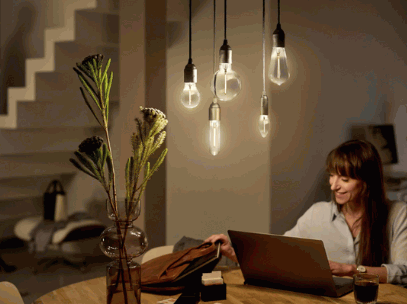
One of the primary challenges of LED lighting adoption is the high upfront costs involved in purchasing LED fittings and retrofitting existing lighting systems, necessitating initial investments that can deter some consumers.
Despite these initial costs, the financial implications of transitioning to LED technology are far-reaching and beneficial in the long term. The energy efficiency of LEDs results in significant cost savings on electricity bills over time, making them a wise investment for both domestic and commercial spaces. Along with lower energy consumption, LEDs have a much longer lifespan compared to traditional lighting options, reducing maintenance and replacement expenses.
These long-term savings not only offset the initial investment but also contribute to a more sustainable and eco-friendly lighting solution.
LED lighting faces the challenge of limited colour options compared to traditional lighting sources, affecting aspects like colour appearance and the availability of specific lighting fixtures.
This constraint can greatly impact the overall ambiance of a space, as the colour temperature of the lighting can influence the mood and atmosphere. With a limited colour range, it becomes challenging for designers to achieve the desired aesthetic or create specific lighting effects. Advancements in LED technology have led to solutions such as RGB LEDs, which offer a wider spectrum of colours and allow for more creative design possibilities in architectural lighting.
Proper disposal of old LED lights poses a challenge in ensuring sustainability and minimising the environmental impact of electronic waste, requiring efficient recycling methods to handle end-of-life LED products.
LED lights have gained popularity for their energy efficiency and durability, but their disposal at the end of their lifespan is often overlooked. When disposed of improperly, these lights can release toxic substances into the environment, posing risks to wildlife and human health. Recycling initiatives play a crucial role in mitigating these dangers by extracting valuable components and minimising the amount of electronic waste sent to landfills.
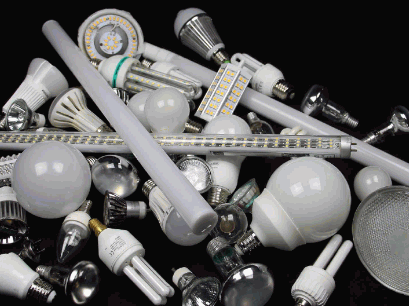
Enhancing the sustainability of LED lighting involves improving manufacturing processes, promoting proper disposal and recycling methods, and integrating renewable energy sources to minimise the environmental footprint of LED technologies.
One key strategy to achieve sustainability in LED lighting solutions is to focus on optimising manufacturing processes. By streamlining production methods and increasing energy efficiency in manufacturing plants, energy consumption can be reduced, leading to lower carbon emissions and overall environmental impact.
Another vital aspect is encouraging recycling practices within the LED industry. Establishing recycling programs for used LED products can help recover valuable materials and decrease the amount of electronic waste that ends up in landfills.
Incorporating renewable energy sources like solar or wind power into the production of LED lights can significantly reduce the reliance on non-renewable energy resources. This holistic approach towards sustainability not only benefits the environment but also contributes to creating a more eco-friendly LED lighting industry.
Improving the manufacturing processes of LED lighting entails enhancing production efficiency, reducing waste, and implementing innovative technologies to optimise resource utilisation and minimise environmental impact.
Adopting sustainable manufacturing practices in LED lighting not only reduces the environmental footprint but also provides long-term benefits such as cost savings, improved brand reputation, and regulatory compliance. By designing products with eco-friendly materials, utilising renewable energy sources, and implementing circular economy principles, manufacturers can create more durable and energy-efficient LED products that resonate with environmentally conscious consumers.
Ensuring proper disposal and recycling of LED lighting components is crucial for sustainability, requiring efficient waste management systems and recycling facilities to handle end-of-life LED products responsibly.
LED lighting is gaining popularity due to its energy efficiency and durability, but it's essential to address the environmental impacts of its disposal.
Implementing sustainable waste management practices involves creating a closed-loop system where materials are reused or recycled. Consumers can contribute by opting for certified disposal services or returning products to manufacturers for recycling. Businesses can establish take-back programmes or partner with recycling facilities to ensure environmentally friendly disposal. It's important to raise awareness about the significance of proper disposal to minimise electronic waste and promote a greener future.
The integration of renewable energy sources with LED lighting systems can further enhance sustainability by reducing dependency on the conventional energy grid and utilising natural resources for powering energy-efficient lighting solutions.
By leveraging the capabilities of the sun or wind through solar panels or wind turbines and combining it with the energy-efficient properties of LED lights, a harmonious synergy is created, resulting in a substantial decrease in carbon footprint.
This seamless integration not only contributes to a greener environment by reducing greenhouse gas emissions, but it also leads to significant cost savings over time, making it a win-win solution for both the planet and individuals or businesses looking to adopt more sustainable practices.
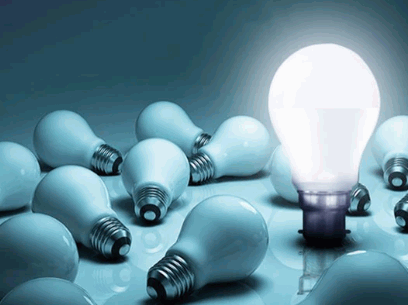
61a, Walton St, Walton On The Hill, Tadworth,
Surrey, KT20 7RZ
info@amorybrown.co.uk